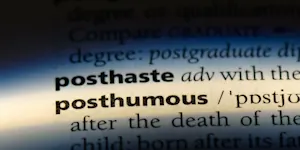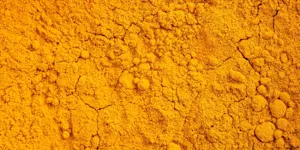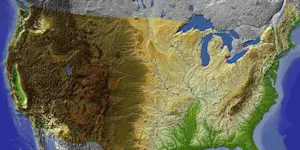What Makes This Word Tick
"Weave" is quite the multitasker in the English language, serving as both a verb and a noun. As a verb, it's all about intertwining threads to make fabric or creating a path by zigzagging through something. As a noun, "weave" refers to the pattern or texture created by the act of weaving or even the cloth itself. It’s a word that threads creativity and practicality together.
If Weave Were a Person…
If "weave" were strolling down Main Street as a person, they would likely be an artisan with a penchant for creativity. Picture someone with paint-splattered overalls and a workshop full of colorful threads, looms, and fabric swatches—always keen on crafting something new and intricate. They're the type who enjoys the journey as much as the destination.
How This Word Has Changed Over Time
Originally deriving from the Old English "wefan," the word "weave" has stayed relatively true to its roots. Yet over time, its applications have broadened—from traditional textile weaving to digital media, where stories and intricate plots are often said to "weave together." It’s a prime example of how a simple act transforms with societal shifts.
Old Sayings and Proverbs That Use Weave
Though not a frequent star in old sayings, you might find traces of "weave" in expressions like “the tangled web we weave,” warning us of the complicated situations dishonesty can create. The word also subtly underpins sayings that involve crafting and creating, as weaving is both a literal and metaphorical act of construction.
Surprising Facts About Weave
Did you know that the oldest surviving woven fabric dates back to around 5000 B.C.? The ancient art of weaving found on early looms has evolved into today's complex industrial machines. Plus, the intricate designs woven into Persian rugs or Scottish tartans are protected as cultural symbols with specific meanings tied to regions and families.
Out and About With This Word
In daily life, "weave" might pop up at a weaver’s guild exhibition, a fabric store, or even in nature, as you admire how a spider weaves its web. It’s there as you weave through traffic or figuratively weave stories together at a writers’ workshop. This word stays busy, threading through all kinds of activities!
Pop Culture Moments Where Weave Was Used
In pop culture, you might recall movies like "The Matrix" where characters "weave" through realities, or sci-fi series that weave complex narratives across timelines and characters. The term also appears in the fashion world to describe both the literal act of weaving fabric and metaphorical descriptions of a designer's creative process.
The Word in Literature
Visiting classic literature, "weave" has often been used to describe an intricate storyline or a character's cunning plans. It reminds us of works like "The Tapestry" series by Henry Neff, where magical and real worlds are woven together. Authors use "weave" to convey skill, elegance, and the interconnection of various elements of their narrative.
Moments in History with Weave
The Industrial Revolution saw the rise of magnificent weaving mills, fundamentally changing the textile industry and the fabric of society. Moreover, the "weaving" stories of ancient cultures found expression in myths like that of Arachne, the talented weaver in Greek mythology, who dared to challenge the gods with her artistry.
This Word Around the World
Globally, "weave" translates into many languages, capturing both the literal craft and metaphorical sense. In French, it's "tisser," while in Spanish, it’s "tejer." From the intricate Moroccan rugs to Japanese "kasuri" cloth, weaving practices reveal the tapestry of cultural artistry worldwide.
Where Does It Come From?
The origins of "weave" trace back to the Proto-Germanic "wabjan," which evolved into the Old English "wefan." Through the centuries, as weaving techniques advanced, the word retained its core meaning of interconnecting threads (or ideas), demonstrating the resilient nature of both the term and the craft.
How People Misuse This Word
Some might confuse "weave" with "wave," considering their phonetic similarity. While "weave" relates to pattern-making or moving sinuously, "wave" involves a gesture or movement on the surface of water.
Words It’s Often Confused With
Wave: Often mixed up due to sound, but refers to a gesture or water motion.
Waive: A homophone involving the renouncement of a right, very different from crafting or zigzagging.
Wove: A past tense of "weave" that can trip people up—acting as a verb form rather than a noun.
Additional Synonyms and Antonyms
Synonyms for "weave" include interlace, intertwine, and braid, all suggesting the merging of elements. Antonyms would be unravel or separate, indicating a process of detachment or disassembly.
Want to Try It Out in a Sentence?
Feeling inspired? Try using "weave" in a sentence: "As she detailed the thrilling discovery, she skillfully wove facts and fiction, keeping everyone on the edge of their seats." Or perhaps try it this way: "The artisan deftly wove the colorful threads, creating an awe-inspiring tapestry."
















